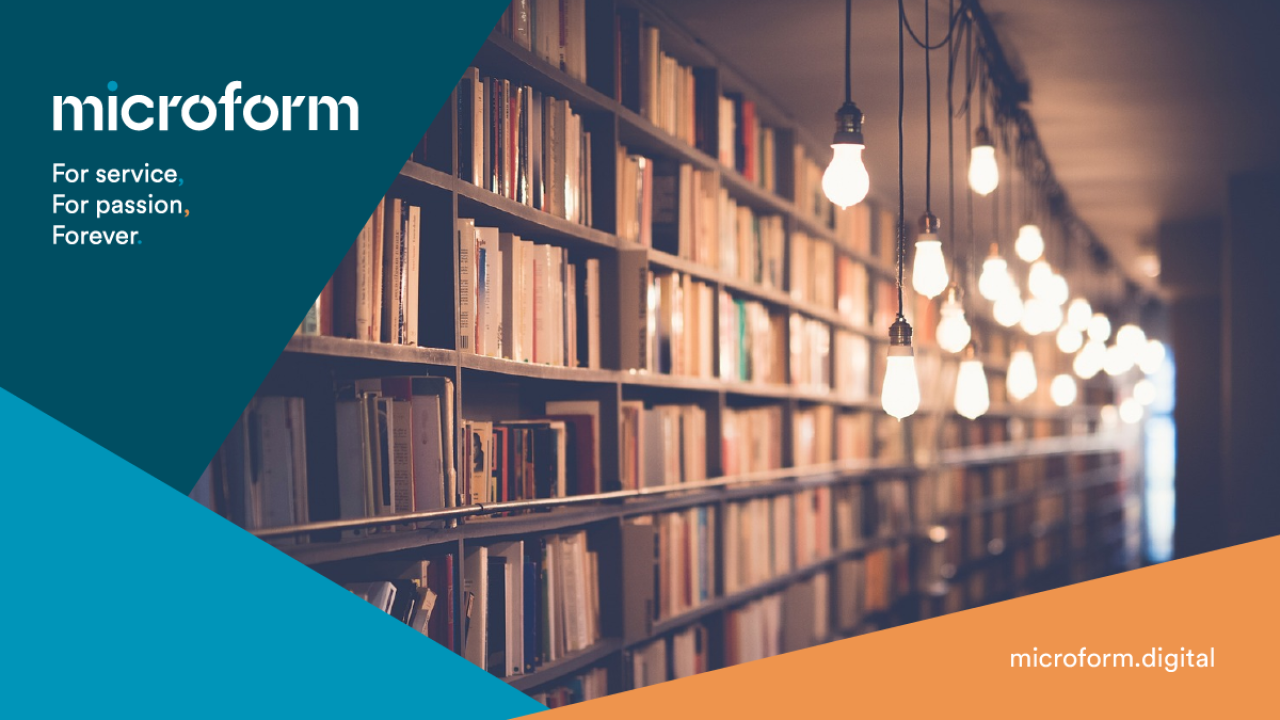How Book Scanning Is Transforming Libraries

Libraries have been a key feature around the globe for centuries now. What once started as a simple book-borrowing service has, for many, evolved into something of a hub for local residents; a place for people to gather, take part in workshops, and connect with their wider community.
One noticeable change occurring in more recent years is that libraries are undergoing a vast transformation, embracing digital solutions to ensure the preservation and accessibility of their collections.
One pivotal tool driving this evolution is book scanning. This process is not only about converting physical books into digital formats but it also represents a shift in how libraries provide knowledge to local communities. Here, we explore just how book scanning is transforming libraries.
Accessibility
Digital scanning allows libraries to digitise their collections, making books and other materials accessible to a global audience. Digital copies can be easily shared, downloaded, and accessed remotely, promoting the wider distribution of knowledge.
What’s more, with the ever-increasing popularity of e-books on devices such as Kindles and other e-readers, book scanning allows libraries to modernise their services and connect with those who may not usually access their services.
Preservation of Cultural Heritage
Fragile manuscripts, rare books, and delicate artefacts are vulnerable to damage simply as a consequence of passing time. Book scanning acts as a safeguard, preserving these heritage pieces in a digital format. This not only ensures their survival for future generations but also mitigates the risk of loss due to disasters or other environmental factors.
Enhanced Search and Retrieval
The days of manually sifting through library shelves are giving way to advanced search functionalities. Digitised collections offer full-text search capabilities, enabling users to locate specific information within seconds meaning the whole process is much more efficient and streamlined.
Interlibrary Collaboration
Linking to our previous point about accessibility, book scanning facilitates seamless collaboration between libraries. Through interlibrary loans and collaborative digitisation projects, institutions can share resources, reducing redundancy and broadening the scope of available materials.
Adopting New Technologies
Often, book scanning is part of a broader strategy for libraries to adapt to changing technologies. Libraries may invest in cutting-edge scanning services, optical character recognition (OCR), and other tools to improve the efficiency and accuracy of the digitisation process.
The transformation of libraries through book scanning is a crucial milestone in the history of sharing knowledge. Libraries are breaking free from physical constraints and embracing digital tools to link, preserve, and empower local communities.
Here at Microform, organisations turn to us to create functional digital versions of their book collections so they can be preserved, retrieved and accessed via a cloud-based storage system to create a secure archive for long-term protection. If you’d like to find out more about how we can help your library make the transition to digital, get in touch with the team today.